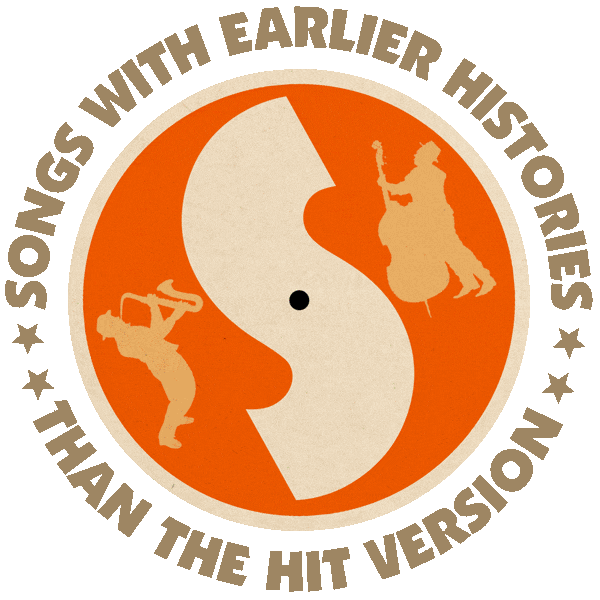Written and first recorded by Peter Allen (1974).
Hit version by Olivia Newton-John (US #1/MOR #1/C&W #6/UK #22/CAN #1/AUS #1 1974).
From the wiki: “‘I Honestly Love You’ was written by Jeff Barry (‘Chapel of Love‘) and Peter Allen (‘Don’t Cry Out Loud‘); the latter recorded it around the same time as its composition for his album Continental American. It would later appear in the juke-box musical about Allen’s life, The Boy from Oz.”
From Songfacts.com: “Olivia Newton-John recorded ‘I Honestly Love You’ in London. She remembers [being] ‘in a little tiny rickety studio, it was so small. The control room was upstairs and John Farrar was up there with the engineer and I was underneath and they had to sit still because it would creak, and you’d hear it in the microphone.’ Her recording 1974 Grammy Awards for Record of the Year and Best Pop Vocal Performance. It was Olivia Newton-John’s first ever #1 in the US and Canada, and it also topped the charts in Australia.

